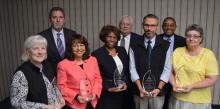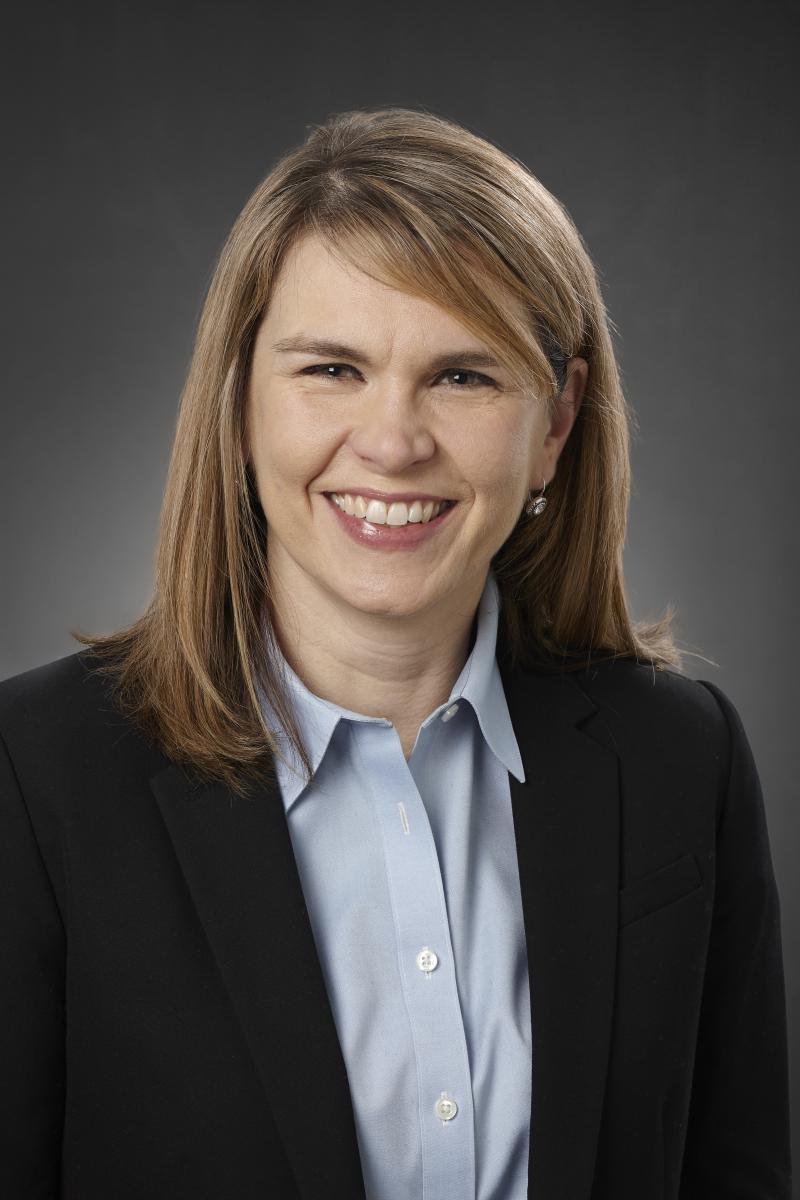Join the Journey Through Psalms
Any day now, the 2017 Columbia Union Calendar will arrive in your mailbox. Its theme is “A Journey Through the Psalms: Experiencing God, Grace and Growth in Real Time.” The calendar will highlight a different psalm every month accompanied by a practical assignment.
Psalms is comprised of spiritual journals---personal letters or prayers to God---in the form of poetry. And poetry’s function is not to explain or theologize but to offer images and stories that resonate with our lives. As I read them, I project myself back into their experience and ask, “Could I have prayed these prayers?” “Have I felt this particular anguish or outburst of joy?” “Do I have this same hunger for God?” And then I proceed to think through the situations in which I might pray the psalm in front of me: facing temptation, celebrating success, praising God, harboring a grudge, suffering an injustice. Under what circumstance would this psalm best apply in my life?
A Book About Relationship









 Vincent received associate’s, bachelor’s and master’s degrees in nursing from Southern Adventist University (Tenn.). She also earned a Master of Business Administration degree from Southern Adventist University and completed her Doctorate of Nursing Practice degree from the University of Central Florida.
Vincent received associate’s, bachelor’s and master’s degrees in nursing from Southern Adventist University (Tenn.). She also earned a Master of Business Administration degree from Southern Adventist University and completed her Doctorate of Nursing Practice degree from the University of Central Florida.